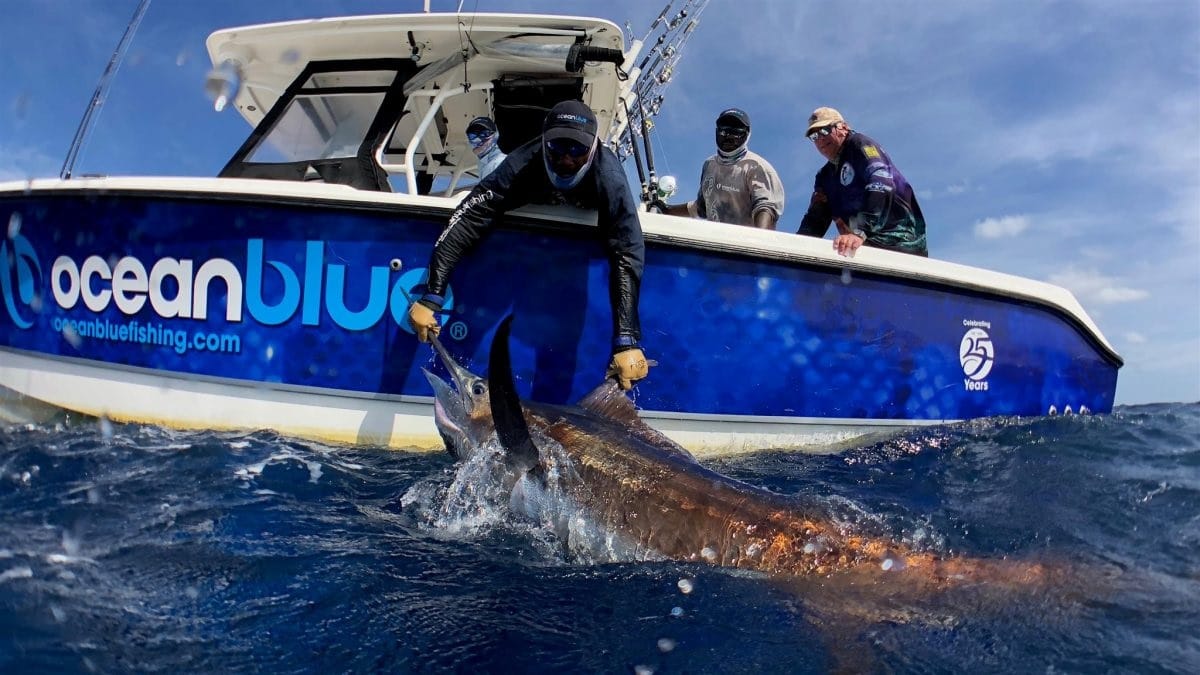As anglers we need to conserve, protect and nurture the marine life that is integral to the sport we love. One responsible way of doing this is to release native fish species after they’re caught. In this article we will discuss some of the ways to release a fish safely.
These steps are created with conserving the marine life in mind. Sometimes it’s not as simple as removing the hook from the fish and then letting it swim away. Follow these releasing steps – from tackling through to resuscitating – to maintain a sustainable fishing environment for yourself and for the generations to come.
Think of Your Gear and Methods
Using the right fishing gear and methodical approaches are the two most important aspects of releasing a fish. Higher stress levels will lower the fish’s chance of survival after releasing. Thankfully, fishing methods and gear can help minimize this stress. Below are some guidelines on the right gear to use and how to use them.
Fishing Lures – Artificial lures are highly recommended if you’re planning to catch and release fish. Unlike live baits, lures usually hook fish in the lip and are therefore easier for you to detach the fish from the hook. Speaking of hooks…
Hooks – Single barbless hooks will reduce injury to the fish. Make sure to use barbless hooks that are adequately sized for the fish you’re trying to land.
Fishing Baits – As mentioned earlier, it is recommended to use lures rather than live baits because baits can result in injury to the fish. But if you’re the bait-using kind of angler, try to avoid scented or artificial baits. These types of baits can be easily swallowed by fish and this may include the hook in the process.
Fishing Equipment – Picking the right rod, reel and line is important when you’re releasing fish. When a fish struggles with a long fight, it will become more stressed and may not be able to survive. Avoid this situation by choosing fishing equipment that will have enough strength and power to catch one immediately.
Ways to Release a Fish: Steps
Once you have mastered the safest equipment and methods, here are the most effective ways to then release the fish.
Wet your hands – Wet hands can prevent the loss of the protective slime on the fish. This slime protects them from diseases and helps them with their swimming. So before you handle a fish, make sure to wet your hands thoroughly. If you have to use gloves, make sure that they’re rubber and wet them as well.
Don’t Shock The Fish – Never ever toss a fish back into the ocean as this will put them in a state of shock and they will just float with their bellies on top. If that won’t kill them, that will certainly make them an easy target for predators. Instead, have the boat move slowly and carefully place them back into the water with their head facing the upstream. Don’t move the fish so they will have a chance to become more acquainted with the water again. When the fish is okay, it will just move away from your hands.
Don’t Take Too Long – As we all know, fish can’t live out of the water so don’t prolong their agony by keeping them out for too long. If you want to take a photo with your catch, do it quickly and release them as soon as you can.
Catching and releasing may take practice but when you follow these simple tips and ways to release a fish you will become a releasing master in no time. Booking fishing trips with an expert guide on board is a good idea too.

